Struggling with how to socialize a reactive dog? Dogs aren't born knowing how to navigate the world, and for reactive dogs, social situations can feel overwhelming.
Some bark and lunge out of excitement or frustration, while others react out of fear. Either way, these big emotions can make walks stressful and trips to the dog park seem impossible.
But here's the thing—reactivity isn't a lost cause. With the right approach, you can help your pup feel more relaxed and confident around other dogs and new environments. It's not about forcing interactions but creating positive associations at your dog's pace.
So, how do you make that happen? Here's what you need to know.
Understanding Reactive Dog Behavior

Some dogs greet the world with wagging tails, while reactive dogs see the same world as overwhelming or frustrating. Reactivity isn't about being an aggressive dog—it's an over-the-top emotional response to triggers. Some dogs bark and lunge at strange dogs, while others freeze up or growl when faced with unfamiliar dogs. They may also express these same behaviors towards human strangers.
This behavior usually stems from fear, frustration, or overexcitement. A dog's environment plays a big role in how they react, and socialization training can help shift their response. Dog trainers focus on confidence-building exercises to help a reactive dog feel safer in social settings.
What Does Reactivity in Dogs Look Like?
Reactivity isn't one-size-fits-all. Some dogs throw dramatic barking fits at the dog park, while others stare intensely, tense up, or whimper when spotting another dog or trigger source. A reactive dog might pull hard on the leash, jump unpredictably, or spin in circles when overstimulated.
It's not always about fear, some dogs are simply frustrated dogs who want to meet others but don't know how. Others experience leash reactivity, feeling restricted and anxious.
Understanding these behaviors is the first step in creating positive reinforcement training that teaches them calmer, more appropriate responses.
Common Triggers for Reactive Dogs
Reactivity can be sparked by anything that feels overwhelming or unpredictable. Some common dog's triggers include:
- Other dogs (especially fast-approaching or off-leash dogs that appear suddenly)
- Loud noises (sudden sounds like sirens, fireworks, or car alarms)
- Strangers (especially those moving quickly, like joggers, skaters, or cyclists)
- Tight spaces (narrow hallways or crowded sidewalks where escape routes are limited)
- Body language (direct eye contact, fast gestures, or sudden movements)
A reactive dog isn't trying to be difficult—they're reacting based on past experiences and instincts. Identifying their dog reactivity triggers is key to building a calm dog training plan.
Why Socialization Is Crucial for Reactive Dogs
A reactive dog isn't just being dramatic—they're struggling with the world around them. Some feel nervous around unfamiliar dogs, while others get frustrated when they can't say hello. Either way, socialization training helps them learn better ways to handle these situations.
It's not about forcing them into stressful encounters. It's about setting them up for success, building their dog's confidence, and helping them feel safe. The more positive experiences they have, the easier it is for them to stay calm.
The Importance of Positive Exposure
Throwing a reactive dog into the middle of a dog park isn't the way to help them adjust—it's a recipe for disaster. Socialization works best when done gradually and with positive reinforcement. The goal is to show them that new things, like leashed dogs walking by or random dogs in the distance, aren't scary or frustrating.
Here are a few ways to introduce positive exposure without overwhelming your pup:
- Start with safe distances where they can see other dogs but not react
- Use treats to reward calm behavior around unfamiliar dogs
- Walk in low-traffic areas before heading to busier spots
The key is moving at your dog's pace. Too much, too fast can backfire, but small, positive steps make a big difference.
How Socialization Affects Your Dog's Behavior
A well-socialized dog knows how to handle situations without overreacting. If a reactive dog only sees other dogs as threats, they'll always be on edge. But when they learn that being near strange dogs doesn't mean danger, their whole attitude shifts.
Without proper socialization, many dogs develop leash reactivity, excessive barking, or defensive behaviors. The right approach helps them stay calm and confident, whether they're passing a German Shepherd on a walk or hanging out near off-leash dogs in a controlled setting.
Different dog breeds may adjust at different speeds, but all dogs benefit from positive socialization.
How to Calm Reactive Dogs and Promote Socialization

A reactive dog isn't trying to be difficult—they're just struggling to process the world around them. The key to helping them feel more at ease? Dog training that focuses on calm, controlled exposure to new situations.
With the right approach, you can build your dog's confidence and teach them to stay relaxed around other dogs and new environments.
Creating a Safe and Controlled Environment
Before a reactive dog can learn to stay calm, they need a space where they feel safe. Their dog environment should be predictable, quiet, and free from overwhelming triggers. A dog trainer or experienced trainer will strongly suggest starting socialization in a controlled setting rather than a local dog park, where anything can happen.
Some ways to create a calm, structured space:
- Walk during low-traffic hours to limit interactions with random dogs
- Choose open areas where you can create space for approaching dogs
- Reward good behavior with positive reinforcement when they remain calm
By keeping things structured and stress-free, your dog learns that new situations aren't something to fear.
Gradual Exposure to New Situations
Socialization training doesn't happen overnight. A reactive dog needs gradual exposure to build confidence and stay under their dog's triggers. Forcing a nervous pup into a crowded dog park will only make things worse. Instead, introduce new environments slowly at their own pace.
Start with:
- Watching other dogs from a safe distance
- Short visits to quiet locations before trying busier areas
- Practicing calm behavior before increasing dog reactivity challenges
Over time, these small, positive associations help your dog feel calm and in control, making socialization easier and less stressful.
Natural Calming Remedies
Sometimes, even the best socialization training isn't enough to help a reactive dog feel fully relaxed. That's where natural calming remedies can make a difference. From CBD-infused treats to herbal supplements, these solutions help regulate mood and support a calm dog without harsh medications.
- CBD Calming Chews for Dogs. These soft chews are packed with CBD, chamomile, and L-tryptophan to help relax the nervous system. They're great for fearful dogs dealing with loud noises, separation issues, or hyperactivity. Plus, they taste like peanut butter and sweet potato, making them an easy treat to give!
- CBD Wellness Dog Treats. Made with broad-spectrum CBD, flax seeds, and hemp seed powder, these daily treats support overall wellness while keeping dogs calm and balanced. They're a great option for pups who need extra help staying relaxed in new environments.
- Salmon-Flavored CBD Oil for Dogs. You can mix this CBD oil into your dog’s food or give it directly for fast-acting relaxation. It's a great choice for dogs who need help with leash reactivity or dog reactivity in social settings. Plus, the salmon flavor makes it extra appealing to picky eaters.
Adding CBD and other natural remedies to your dog's routine can make training smoother and help them feel more secure as they navigate new experiences.
Step-by-Step Guide to Socializing a Reactive Dog
Helping a reactive dog feel comfortable in social settings takes time, patience, and the right strategy. You can't just drop them into a dog park and hope for the best!
Instead, socialization should happen in small, structured steps that set your dog up for success. By slowly introducing new experiences, using positive reinforcement, and keeping things low-stress, you'll build their confidence.
The next few sections cover desensitization, gradual introductions, and reward-based training to help your pup feel more at ease.
Starting with Desensitization and Counter-Conditioning
A reactive dog isn't choosing to overreact—it's their automatic response. Desensitization and counter-conditioning help change that reaction over time. Instead of panicking when seeing other dogs, your pup learns to associate them with positive experiences instead.
Keep your pup at a stress-free distance when exposing them to triggers, helping them stay relaxed. Every time they see another dog without reacting, reward them with a treat. Over time, slowly decrease the distance, always watching your dog's body language to keep them comfortable. This step lays the foundation for appropriate socialization in more stimulating environments.
Introducing Other Dogs and People Slowly
Throwing a reactive dog into a high-energy environment won't help—it'll overwhelm them and possibly make things worse. Instead, introduce new dogs and people gradually in controlled settings where your pup can feel secure.
Here are a few ways to set up successful introductions:
- Start with calm, leashed dogs at a safe distance
- Walk near a friendly dog, keeping interactions brief and positive
- Avoid off-leash dogs that may rush your pup unexpectedly
Pay attention to body language and let your dog learn at their own pace. With positive exposure, they'll gain confidence and feel more comfortable meeting strange dogs and new people.
Using Positive Reinforcement to Encourage Calm Behavior

A calm dog is a confident dog, and positive reinforcement is the key to shaping good behavior. Instead of punishing reactive behaviors, reward the moments when your pup stays relaxed around unfamiliar dogs.
Ways to reinforce calm behavior:
- Give treats when they ignore or act calm around approaching dogs or strangers instead of barking
- Reward calming signals like sniffing, blinking, or turning away
- Cheer your dog on with praise and kind words to create a strong, positive link to new experiences
Over time, your pup will start to remain calm on their own, knowing that staying relaxed brings good things.
The Role of Training in Socializing a Reactive Dog
The right dog training methods can help them feel safer, listen better, and stay calm in situations that may trigger reactions. By focusing on basic commands, positive reinforcement, and structured guidance, you set the stage for appropriate socialization.
In some cases, working with an experienced trainer or professional trainer is the best way to tackle serious dog reactivity. Let's break down the key steps to building your dog's confidence through training.
Basic Obedience and Command Training for Reactivity
A well-trained dog is a calm dog. Simple commands like sit, stay, and leave it help your pup manage tough situations with confidence. Instead of barking or lunging at other dogs, they can learn to focus on you and respond to familiar cues.
Key obedience skills for a reactive dog:
- Sit and Stay – Helps them settle when passing strange dogs
- Leave It – Redirects attention from unfamiliar dogs or distractions
- Focus (Watch Me) – Encourages eye contact instead of reacting to approaching dogs
Practicing these commands daily builds positive reinforcement and keeps dog reactivity in check.
How to Recognize Progress in Socialization
Helping a reactive dog adjust to the world doesn't happen instantly, but small wins add up! Tracking progress helps you see what's working and where your pup still needs support. Maybe they're handling random dogs better or staying calmer in new places. Their reactions may gradually fade or lessen with each new experience. Noticing these shifts keeps you motivated and lets you fine-tune their socialization training.
Signs That Your Dog Is Becoming More Comfortable

A reactive dog that once panicked at every approaching dog won't turn into a social dog overnight—but you'll start noticing subtle shifts in their behavior. These small signs mean they're learning and adapting to new experiences.
Here's what progress can look like:
- Less barking or lunging at other dogs
- More relaxed body language, like loose tail wags and soft ears
- Calmer behavior in places that used to trigger dog reactivity
- Willingness to sniff and observe instead of immediately reacting
- Quicker recovery time when startled by unfamiliar dogs
Every dog learns at their own pace, but these improvements show they're feeling more secure. Keep reinforcing their good behavior and letting them take things at a safe distance when needed!
Keeping Track of Milestones in Your Dog's Socialization Journey
Progress isn't just about big breakthroughs—it's about the small victories along the way. Keeping track of milestones helps you see how far your reactive dog has come and what still needs work.
Ways to monitor progress:
- Keep a training journal noting reactions to other dogs
- Record video clips to compare behaviors over time
- Notice improvements in the dog's body language during walks
- Count how often they stay calm in situations that used to trigger unwanted behaviors
By tracking these wins, you'll build a positive association with socialization and stay motivated to keep going!
When to Seek Professional Help for a Reactive Dog
Some reactive dogs make steady progress with socialization training, while others need expert guidance. If your pup's dog reactivity is making daily life stressful or dangerous, or training is not having any effect, an experienced trainer or behaviorist might be the right call. While some barking and hesitation are normal, certain signs indicate that your dog needs extra support.
Signs your dog may need professional help:
- Extreme leash reactivity (lunging or barking nonstop at other dogs)
- Aggressive behaviors like growling or snapping
- Fearful dog reactions that don't improve over time
- Struggles to remain calm even in low-stress settings
- Unwanted behaviors that worsen despite training attempts
A professional trainer can develop a structured plan to help your dog feel safer and more in control.
Working with a Veterinarian or Behaviorist
If your reactive dog isn't responding to training, a veterinarian or behaviorist can dig deeper. Some dogs react out of fear or frustration, but others might have underlying health issues that contribute to their behavior. A vet check can rule out pain, discomfort, or neurological conditions.
A certified behaviorist specializes in dog reactivity and can tailor a program specific to your pup's needs. They'll assess the dog's triggers, body language, and past experiences to create a personalized plan.
For dog owners dealing with extreme cases, this extra support can be a wise investment in their pup's long-term well-being.
Tailoring a Socialization Plan for Your Dog's Needs
Every reactive dog is different, so a one-size-fits-all approach won't work. A personalized plan considers your dog's pace, specific trigger sources, environment, and comfort level to make socialization successful.
Key factors in a tailored plan:
- Your dog's triggers. Are they triggered by unfamiliar dogs, loud noises, or crowded areas? Knowing what specifically triggers your dog will help with tailoring a plan.
- A safe distance from exposure to strange dogs or unfamiliar people. Do you need to start training yards away or feet away?
- Positive reinforcement techniques to reward good behavior. What does your dog like best? Choosing their favorite treats or reward options can significantly improve socialization training.
- Gradual socialization at a local dog park or quiet spaces. Each dog learns at their own pace. Knowing and respecting your dog's learning pace will keep things progressing smoothly.
With the right approach, your pup can build the dog's confidence and learn to handle social settings at their own pace.
Final Thoughts on Socializing Reactive Dogs
Helping a reactive dog feel safe in social situations takes patience, but every small win is worth it. With positive reinforcement, appropriate socialization, and a structured plan, your pup can learn to navigate the world with confidence. Some dogs take longer than others, and that's okay—progress happens at their own pace.
Alongside training sessions, natural remedies like CBD treats, capsules, and oils can support your dog's calm behavior. HolistaPet offers high-quality CBD products designed to help dogs (and cats!) stay relaxed in new experiences. With the right care, your dog's life can be less stressful and more enjoyable—for both of you!


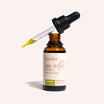
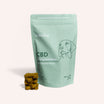
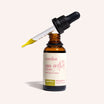

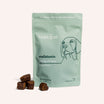
![Probiotics For Dogs [Soft Chews] - HolistaPet](http://www.holistapet.com/cdn/shop/files/Probiotic-Infographic-1_472d7a29-e30c-435a-9638-1365d8c3a9f9.jpg?v=1725384841&width=104)
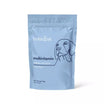
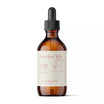

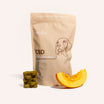
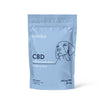
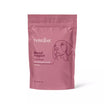
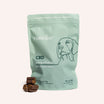
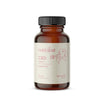
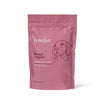
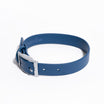

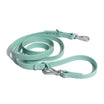


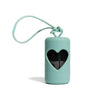



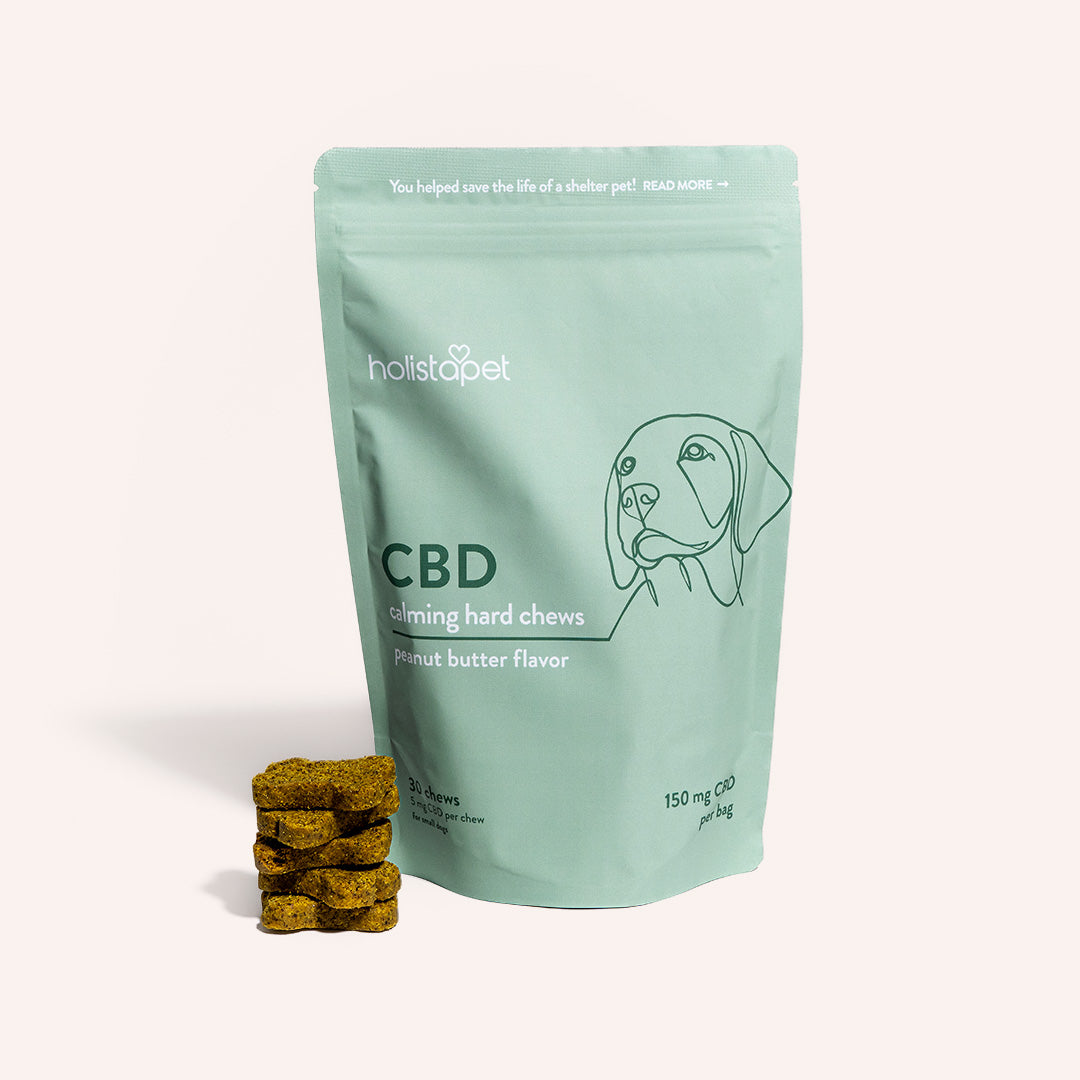
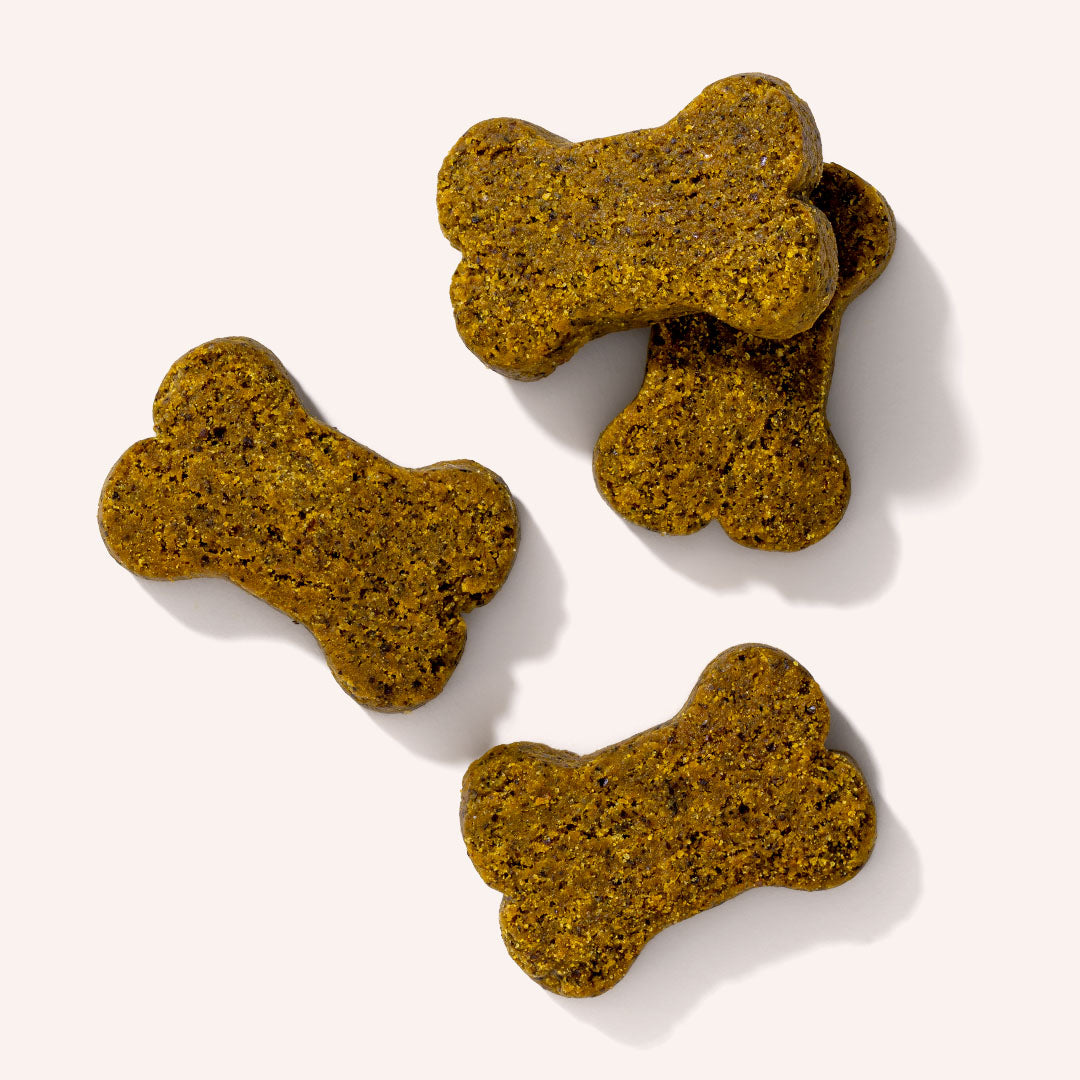
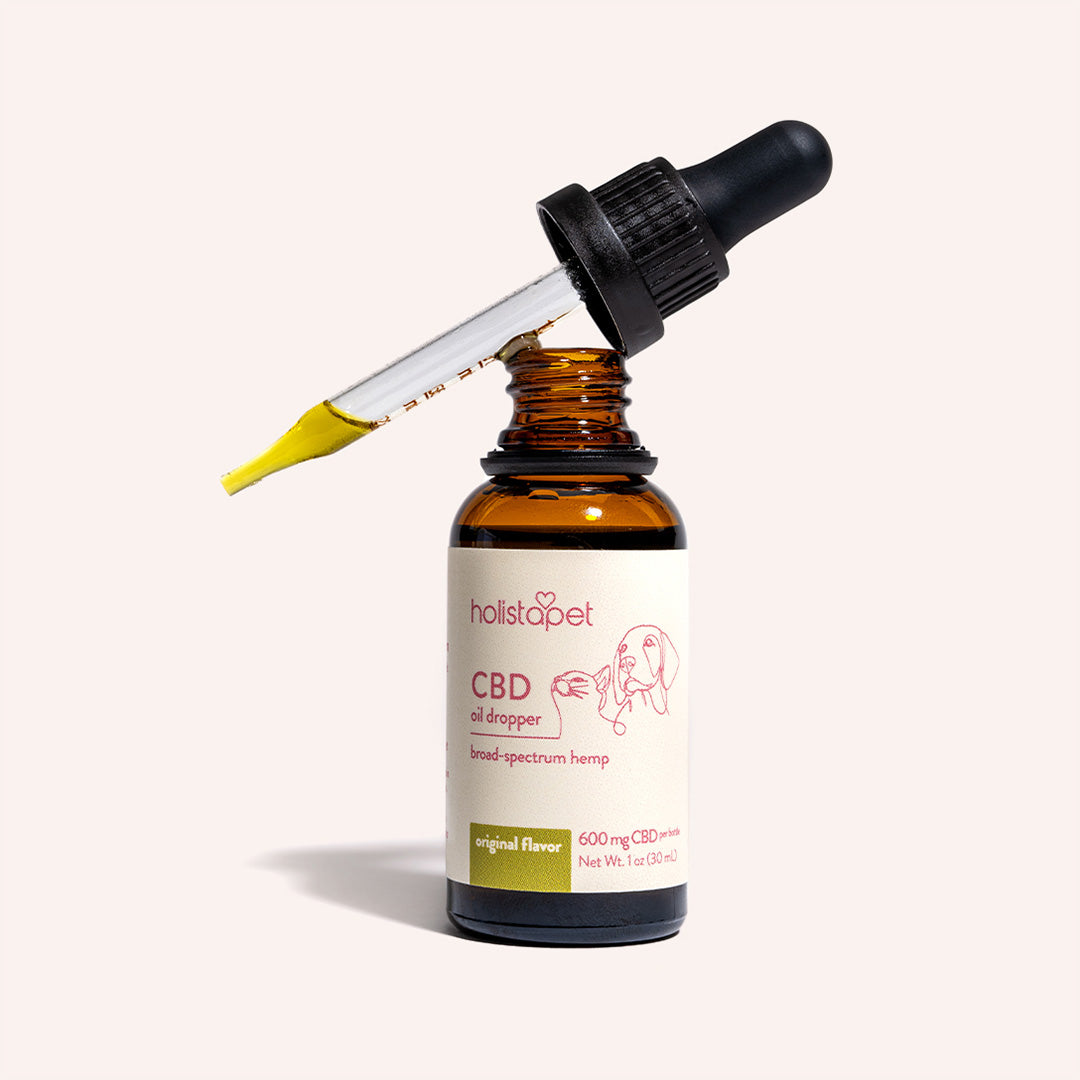
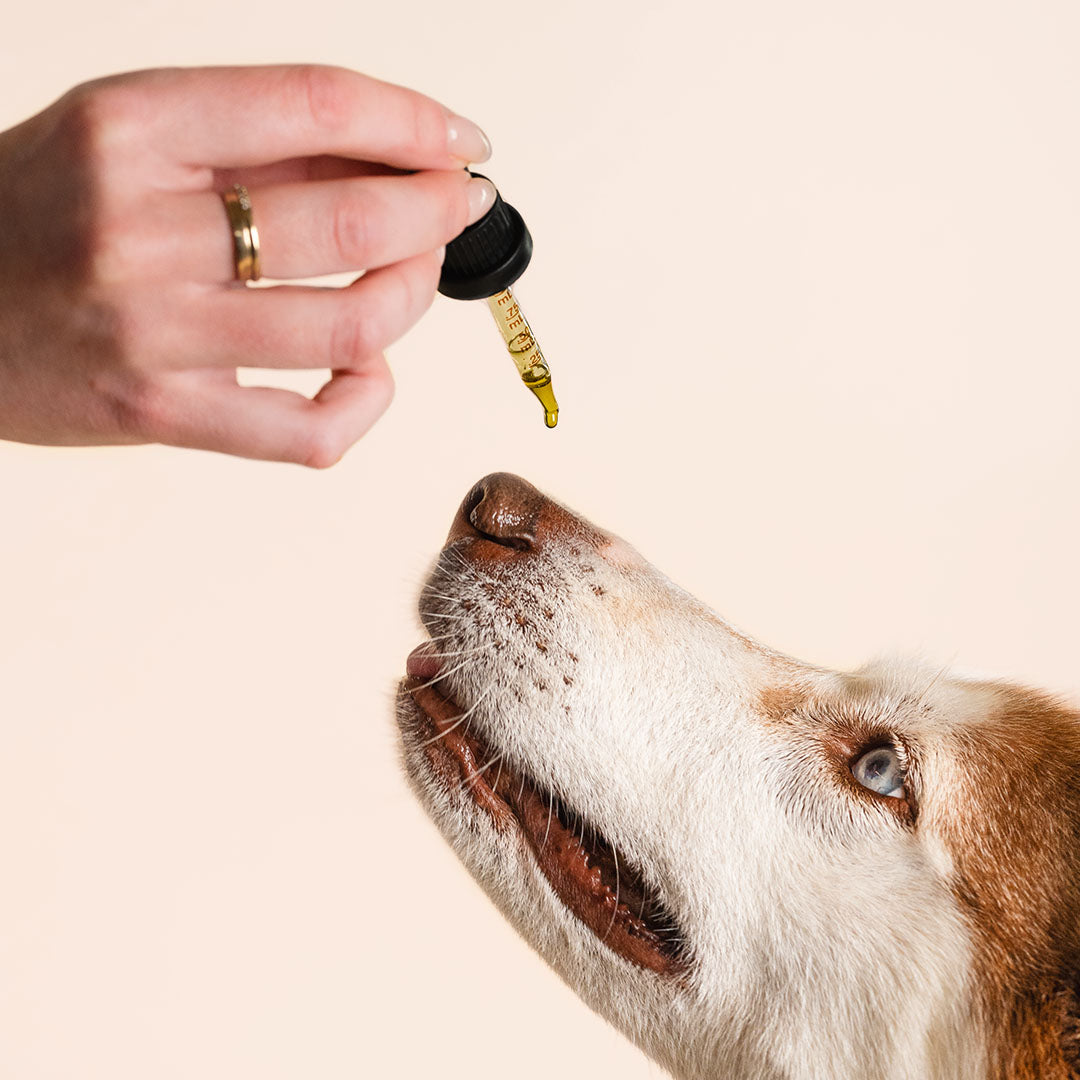


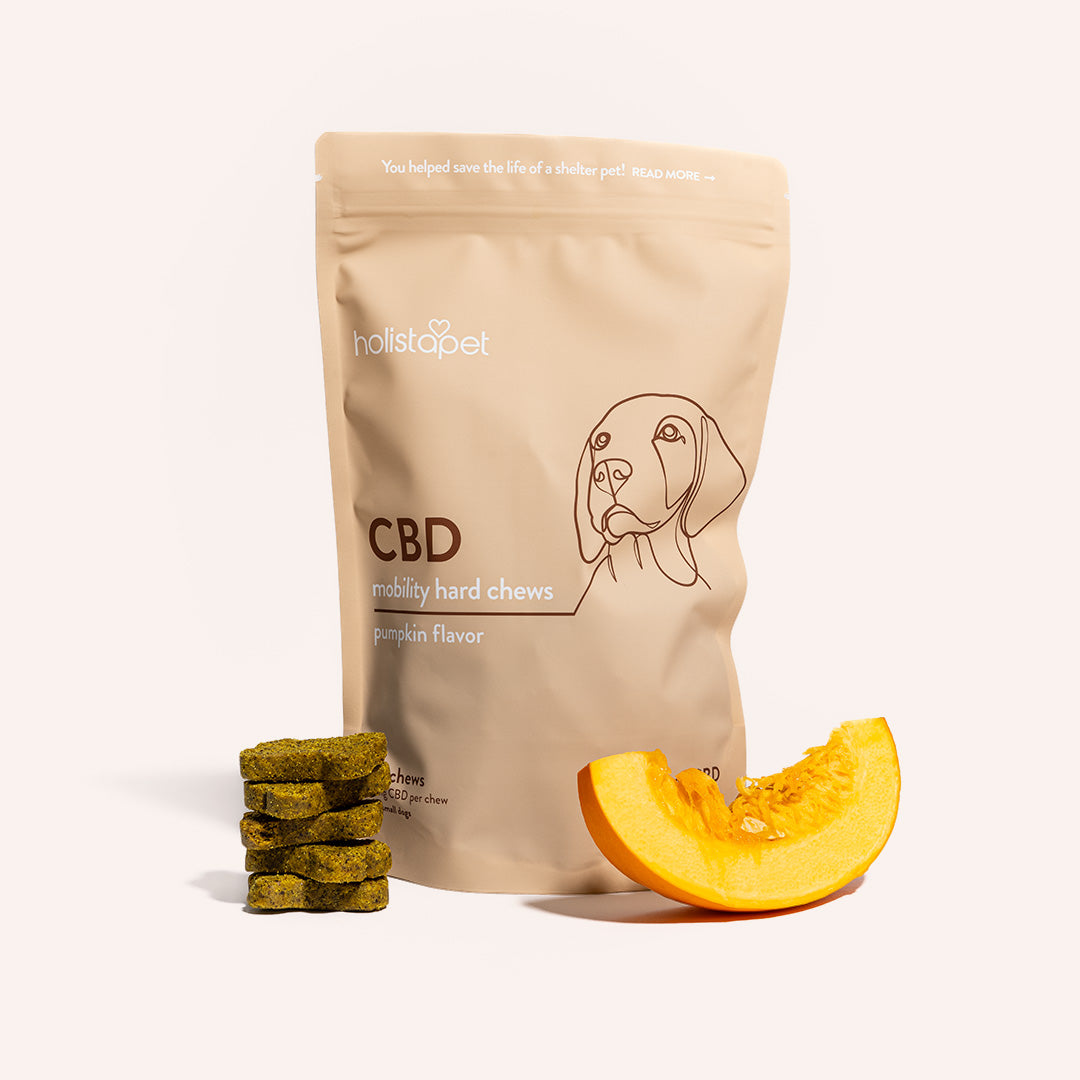
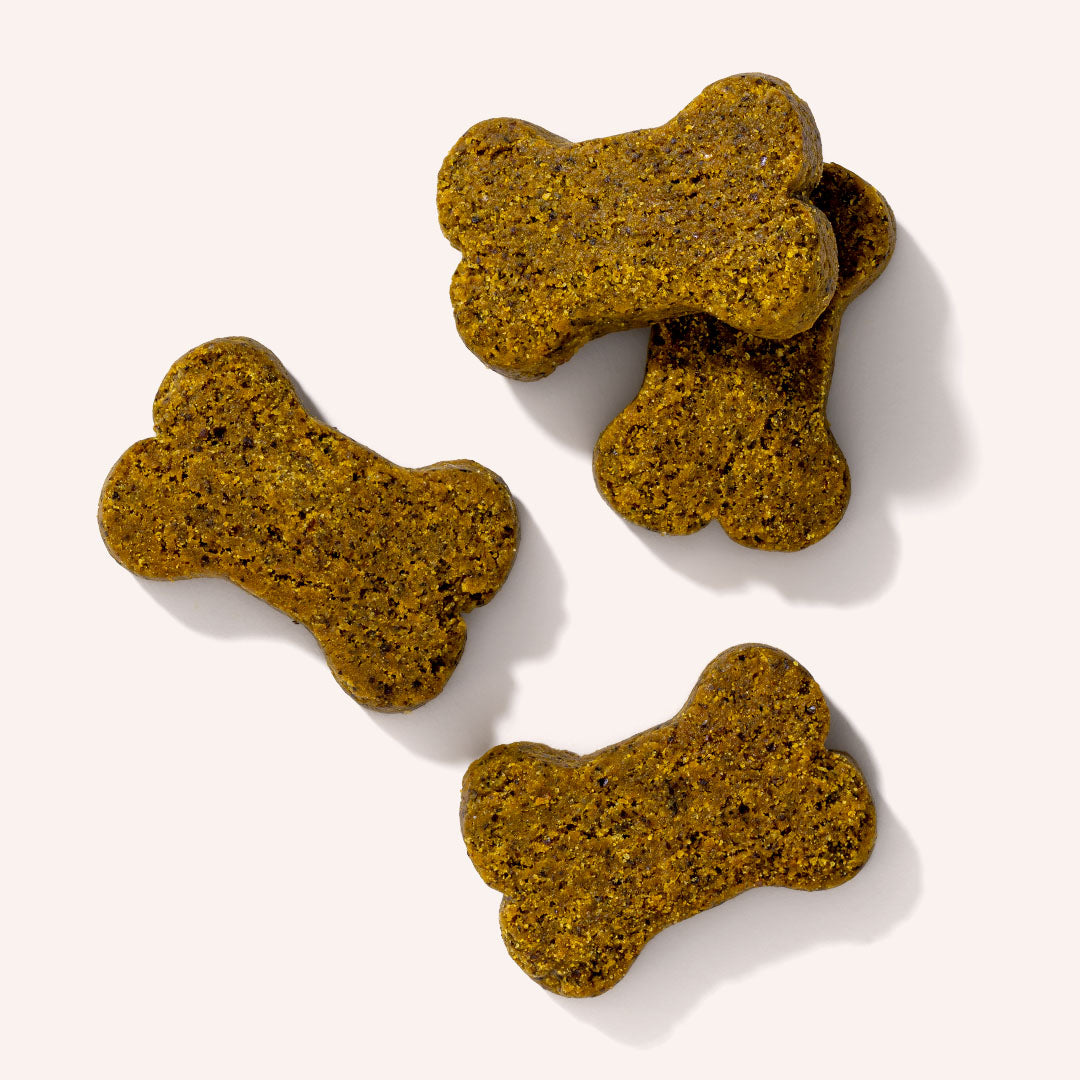

Leave a comment
All comments are moderated before being published.
This site is protected by hCaptcha and the hCaptcha Privacy Policy and Terms of Service apply.